Smoke alarm purchasing advice: how to choose the right product
- What you need to know
- Smoke alarms alert you if there is a fire.
- A smoke alarm needs to be correctly installed for it to work properly.
- There are a few different types of fire detection technologies you can get in smoke alarms.
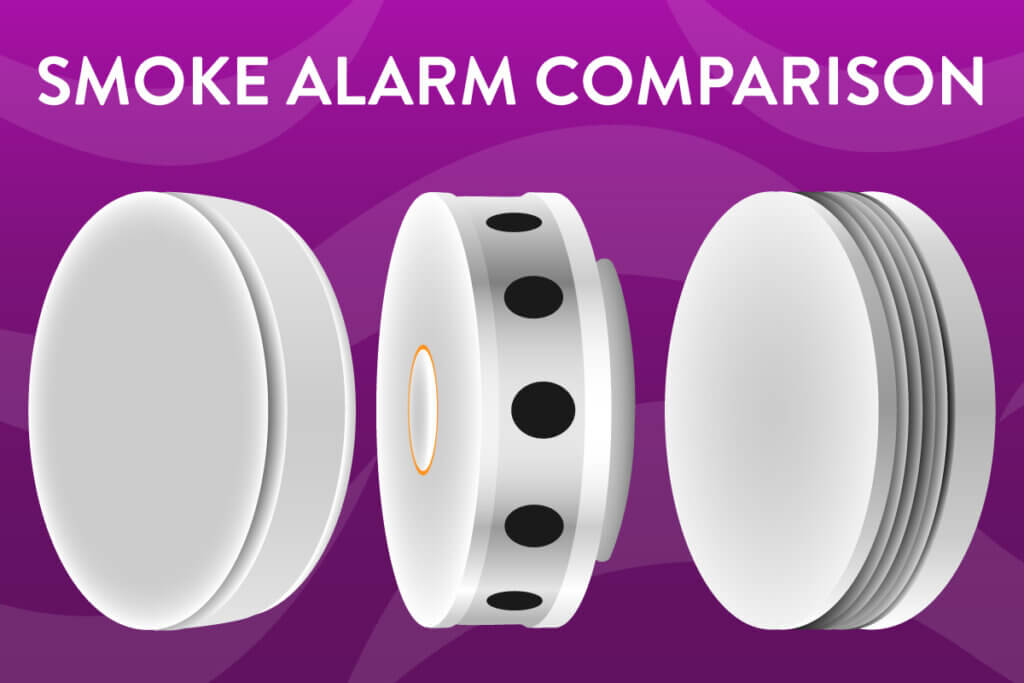
Fires are dangerous
On average, if a fire breaks out in a building, you have three minutes to evacuate safely. Once a fire gets into full swing it can quickly turn into a deadly situation. Temperatures can reach well above 900 °F (500 °C), setting furniture on fire and causing severe burns.
However, in home fires, it isn’t flames or heat that kills most people, it’s smoke poisoning and suffocation. It doesn’t take much to fill your home with smoke — just a couple of ounces of burning polyurethane (commonly used in furniture padding and mattresses) can completely smoke out a two-bedroom apartment.
Every second counts
The sooner you’re aware of a fire, the better your chances are that you can get to safety. In fact, if you can catch a fire early enough, you can even put it out. If a fire starts at night while you are sleeping, it is likely that it can turn into a full-blown blaze. Due to this, most fire-related deaths happen at night from people suffocating in their sleep.
Smoke alarms are an essential safety tool for any home. They give you a head start in case of a fire. A lot of the time, smoke alarms detect fires before humans do, even during the day. Likewise, during the night, smoke alarms are invaluable as they can wake you up so you can escape to safety.
Fire risks
Nowadays, candles and other open flames aren’t particularly common. Defective electronics are the most common cause of fires in the home. The number of domestic fires has been on the rise in recent years. The reason: experts say that we now have more and more things made from combustible plastics in our homes. Things like foam mattresses and synthetic curtains are especially high risk, as are cheap electronic devices without proper safety certificates. Moreover, as our summers continue to get hotter, fires are becoming even more of a regular occurrence.
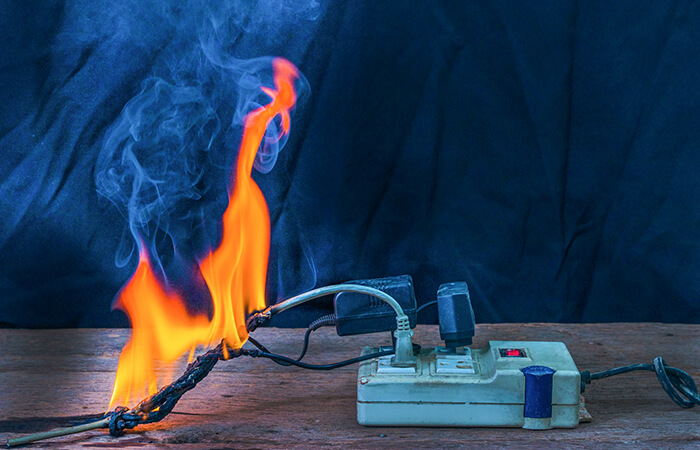
The perfect smoke alarm
For most people, it’s hard to differentiate between the various smoke alarms available on the market today. Two products that look the same on the outside can have drastically different prices. So, what are the essential things to look out for when choosing a smoke alarm? Does it need to be app-compatible, or can you just go for a cheap $10 device from your local homeware store?
Safety certification
Make sure to get a smoke alarm that has a safety certificate. These differ from country to country. You can also often get your local fire service to come and check that your alarm is correctly installed.
Power supply
Smoke alarms can either be powered by battery or connected to the mains. Some models have in-built batteries, others have replaceable ones.
Mains-powered smoke detectors are much more complicated to install than battery-powered ones. They need to be installed by an electrician, and as such are mainly found in commercial properties and rarely in private homes. The main advantage of a mains-powered alarm is that you don’t need to change any batteries. However, in recent years, long life battery technology has improved so much that this advantage isn’t particularly large — you won’t need to change a battery-powered alarm very often.
Smoke alarms with replaceable batteries aren’t really a good option nowadays. The risk of a replaceable battery discharging isn’t worth it. Since smoke alarms need to be replaced every ten years (the sensors become too old and unreliable), your best option is to go for a model with an in-built battery. These long-life integrated batteries can last for up to ten years — the same amount of time as the smoke alarm itself. Smoke alarms with in-built batteries are easy to install, reliable, and require little to no maintenance.
Alarm volume
Smoke alarms need to be loud. After all, they need to alert everybody to get to safety as quickly as possible. As a rough guide, a smoke alarm should be able to produce a sound that measures 85 dB from 10 feet away. This is equivalent in loudness to a car engine or a diesel lawnmower. You can get particularly loud alarms that can produce up to 100 dB — that’s as loud as a nightclub speaker system. Most manufacturers will state the volume of their alarm on the packaging — if you can’t find this information, go for a different model.
Price
Smoke alarms aren’t particularly expensive. You can get a good one for as little as $20. Bear in mind that for larger homes, you will need to buy multiple alarms. For example, fitting out a two-bedroom apartment will cost between $50 and $100. If you get a battery-powered one, you can install it yourself to save on any potential costs.
Installation
Smoke alarms are best mounted using screws or adhesive pads. Most models will come with either one of these options. You should use whichever one comes with your alarm, as its strength will match the weight of the alarm.
Adhesive pads are extremely easy to use. They require no tools, and you don’t need to drill into the ceiling. While pads are simple, they aren’t as strong or reliable as screws. If you’ve got a bit of experience using a drill, you’ll find it easy to make the holes in your ceiling — just wear safety goggles, as the plaster will come straight down onto you!
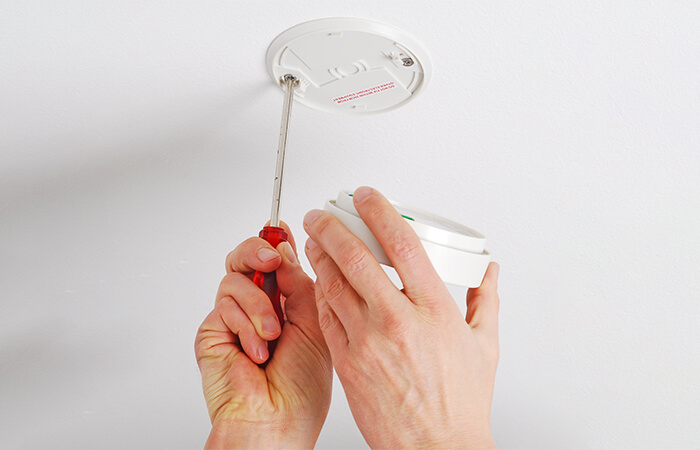
Some manufacturers ship their smoke alarms with magnetic mounting systems. These are extremely popular, but in fact aren’t a very good option. They cost a lot more, but they aren’t safer or easier to use compared to screws and adhesive pads. You’ll be better off saving your money or getting a higher quality smoke alarm without them.
Types of smoke detector
There are few different types of smoke alarm technology, as detailed below.
Optical smoke detectors
Photoelectric or optical smoke detectors are the most common type found in homes today. They contain a light source (usually an LED) and a sensor. In normal conditions, the light doesn’t get picked up by the sensor. However, if there is smoke in the detector, it diverts the light towards the sensor which causes the alarm to go off.
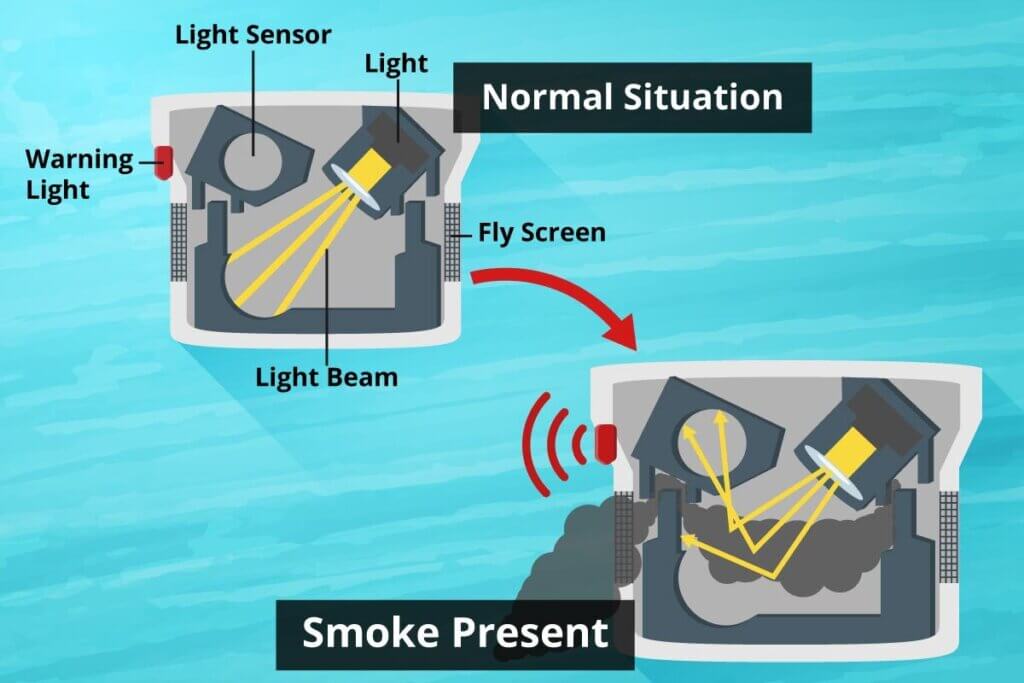
Optical smoke alarms can’t differentiate between smoke and other small particles, which means you can get false alarms from high humidity or dust. Due to this, you shouldn’t install them in kitchens or bathrooms — you’ll need a different style of smoke detector.
Carbon monoxide detectors
These alarms have a sensor that detects the presence of carbon monoxide (CO). When carbon doesn’t fully combust, carbon monoxide gas is produced. When breathed in by humans, carbon monoxide reacts with the oxygen in our blood and converts it to carbon dioxide, which can quickly cause suffocation. Carbon monoxide is colorless and odorless, which makes it especially dangerous for people who are sleeping. A lot of fire victims end up suffocating in their sleep from carbon monoxide poisoning before they even wake up.
Carbon monoxide alarms are often sold as smoke alarms. However, since they don’t actually require smoke to work, they are a good option for kitchens and bathrooms where optical smoke detectors are prone to false alarms. If you have a gas boiler or wood burning stove, you should definitely get a carbon monoxide detector in addition to a smoke alarm. Incomplete combustion can cause a fatal buildup of carbon monoxide without you knowing.
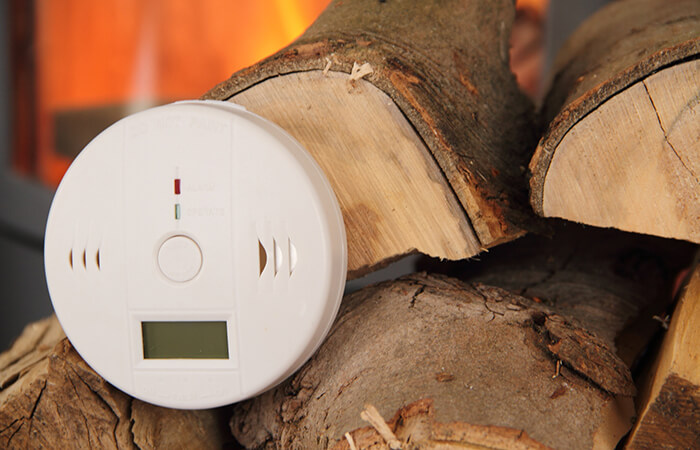
Heat detectors
Heat detectors sense temperature electronically and have an alarm that goes off if the thermostat pushes past 140 °F (60 °C). They are significantly cheaper than smoke and carbon monoxide detectors. However, they aren’t designed to be replacements for either, as once a heat detector goes off, it’s too late. Instead, they are commonly used to control things like sprinkler systems.
Ionization smoke detectors
Ionization smoke detectors can sense the same tiny smoke particles as optical smoke alarms. However, instead of using light they use a radioisotope (usually americium-241) which ionizes air and behaves differently in the presence of smoke. Due to their radioactivity, ionization smoke detectors are quite strictly regulated. For example, if a fire occurs and the incinerated ionization detector can’t be found, all of the fire debris has to be expensively disposed of as hazardous waste. The development of optical smoke detectors has largely made ionization smoke detectors obsolete.
Manual vs automatic fire alarms
The term ‘fire alarm’ is used to mean quite a few different things. A lot of the time, people will use it to refer to automatic smoke and fire detectors like the types discussed above, but sometimes also to refer to manual fire alarms. Manual alarms need human input — this is often something like pulling down a lever or pressing a button. They send out an alert which calls the local fire brigade.
Smoke alarms with special features
While all smoke alarms share the basic aim of alerting you to a fire, some devices have extra features you might want to look out for when making a purchase.
Connectivity
The ability to connect multiple smoke alarms wirelessly is extremely valuable when it comes to safety. This feature means that if there is a fire in one room, the alarm system will sound throughout your home. If you have young children, this is an invaluable feature. Children often don’t know what to do in the event of a fire, so if your alarms are connected and there is a fire in your child’s room, you will be able to help in no time at all.
Dual detection
Not all fires produce enough smoke for a smoke detector to sense it. For example, petrol fires hardly produce any smoke at all. Dual smoke detectors combine an optical sensor with a heat sensor so you can cover all bases, and decrease the likelihood of a false alarm. Dual systems only get triggered when the temperature of smoke is high enough. This means that things like cigarette smoke and steam from cooking won’t trigger the alarm. Some models also let you switch off either one of the sensors, so you can use them as either a pure optical smoke detector or a pure heat detector.
Smart home detectors
Smart home compatible smoke detectors are, so to speak, the next evolutionary stage of wireless smoke detectors. They are part of what’s known as the ‘Internet of Things’, which means they can connect to other devices via the internet. For example, smart alarms can send a message to your mobile phone in the event of a fire. Some smart smoke detectors also allow their alarm siren to be shared with other alarm systems like burglar alarms. App control makes it possible to remotely track exactly where an alarm was triggered. It is also common for battery charge to be displayed via an app.
Smoke detectors for deaf people
Smoke alarms need to work for everyone. There are models on the market that are specifically designed to alert you via light rather than sound. They emit bright flashes of light — so bright, that you can even notice them with your eyes shut. These light-alarms are often separate from the actual smoke detector mechanism, so you don’t have to put them on the ceiling. There are also vibration alarms which can be invaluable if you’re sleeping — they can go under your pillow, for example.
Image 1: © FinalCheck | Image 2: © Prachaya / stock.adobe.com | Image 3: © photophonie / stock.adobe.com | Image 4: © FinalCheck | Image 5: © maho / stock.adobe.com

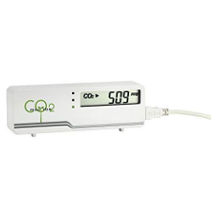
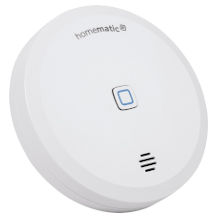
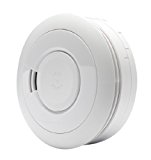
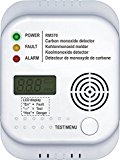
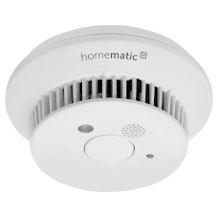
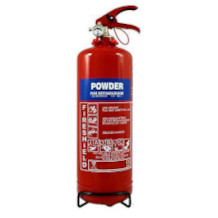
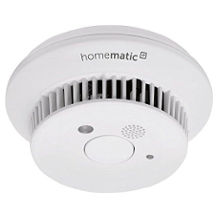
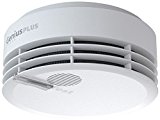
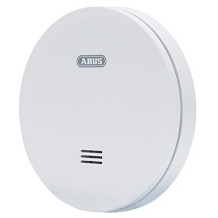
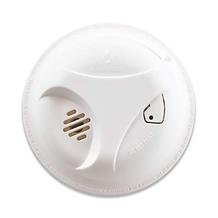
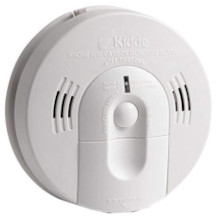
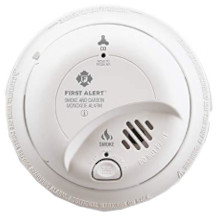
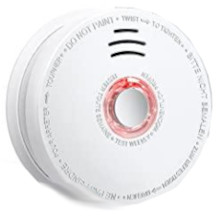

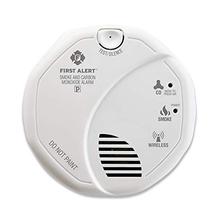
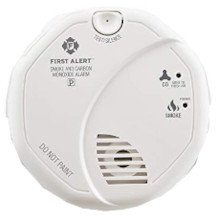

 6,567 reviews
6,567 reviews